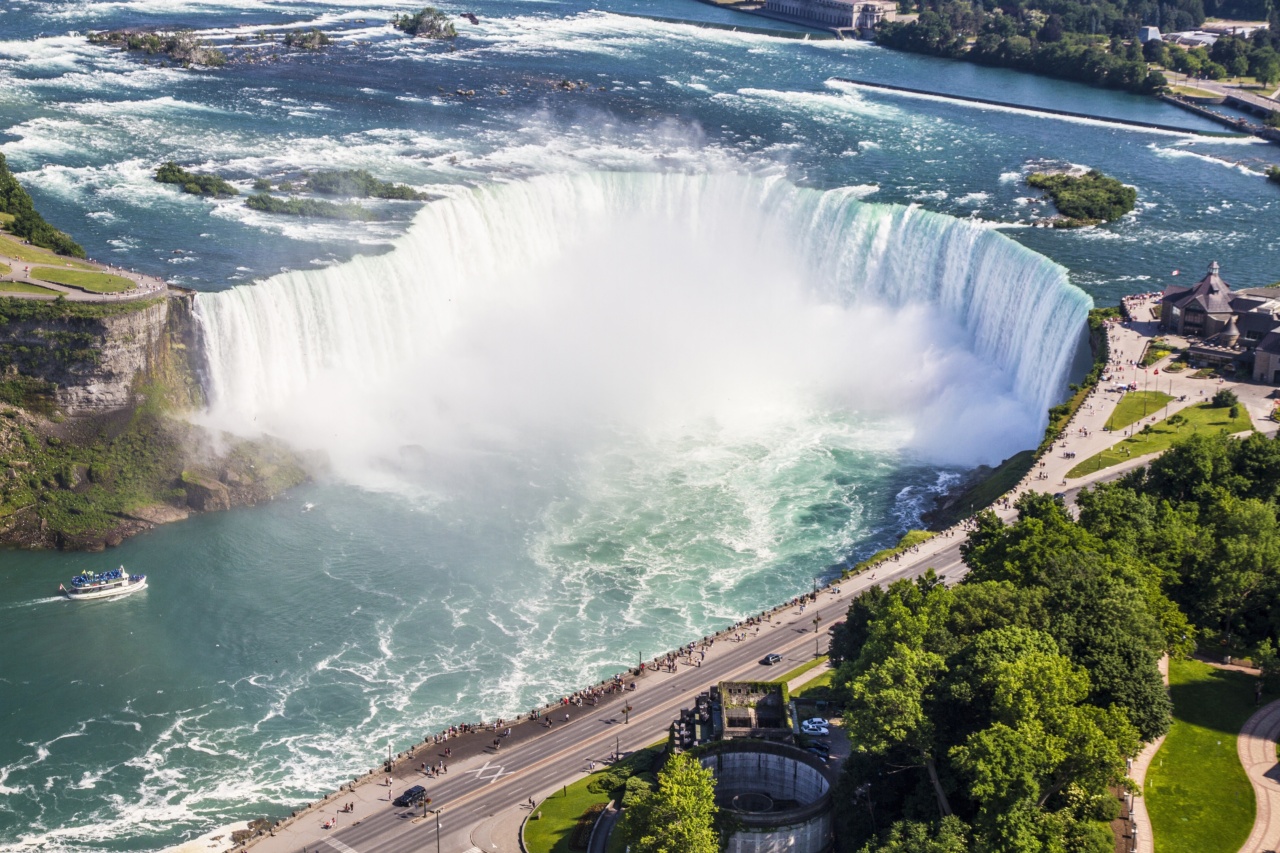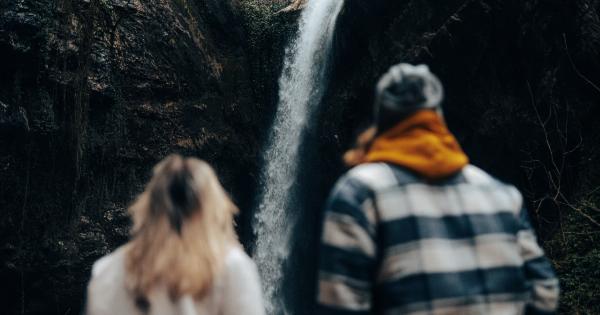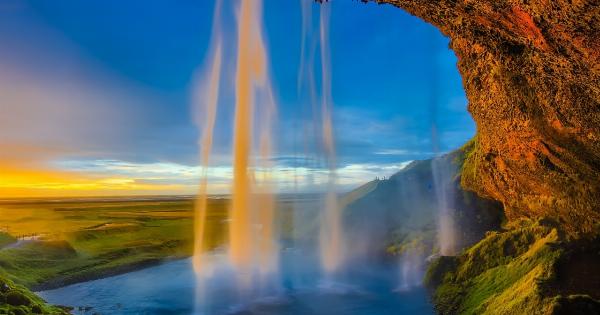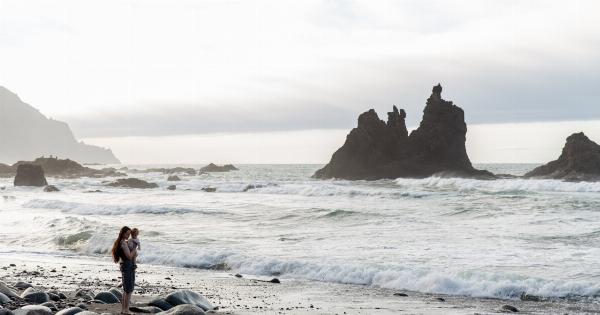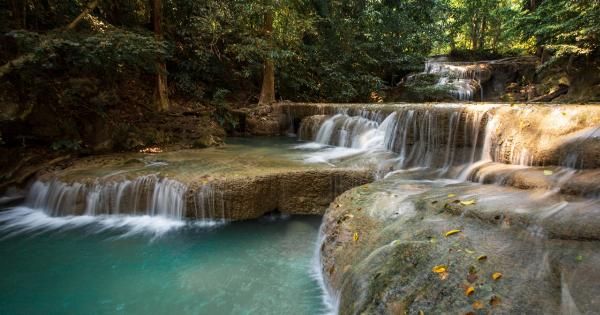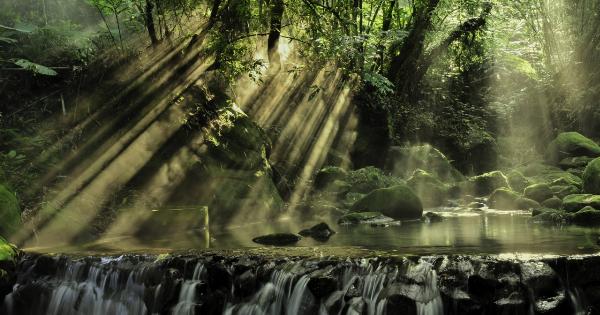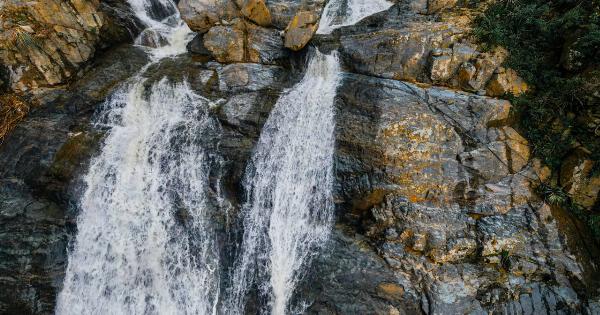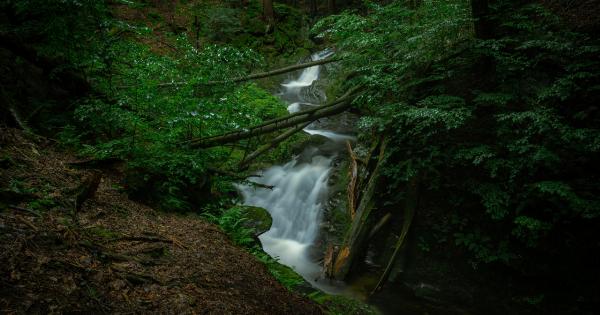Waterfalls are beautiful and majestic natural formations that attract tourists and nature lovers from all over the world. However, they can also pose various dangers if not approached with caution.
One of the most crucial skills for outdoor enthusiasts is to be able to spot a waterfall before it’s too late. In this article, we will discuss the importance of recognizing potential waterfalls, the safety precautions to take when approaching them, and some tips to enhance your waterfall spotting abilities.
Understanding Waterfall Hazards
Before we delve into the techniques of spotting waterfalls, it’s vital to understand the potential dangers associated with these natural wonders. Waterfalls are known for their strong currents, slippery rocks, and unpredictable terrain.
The force of falling water can create hazardous conditions that can lead to accidents and injuries. Therefore, it is crucial to exercise caution and take necessary precautions when near a waterfall.
Recognizing Waterfalls
Spotting a waterfall from a distance can greatly enhance your safety and allow you to plan your approach accordingly. Here are a few tips to help you recognize waterfalls:.
1. Sound
Waterfalls produce a distinct and continuous sound that is easily recognizable. When hiking or exploring, listen for the sound of rushing water as it can indicate the presence of a nearby waterfall.
The sound tends to amplify as you get closer to the falls, providing you with a clue as to its direction and proximity.
2. Increased Moisture and Fog
Waterfalls generate a considerable amount of mist and fog due to the force of falling water. If you notice an area where the air feels more humid or you see a slight haze ahead, it might be an indication of a waterfall nearby.
Keep an eye out for these signs, especially in areas with dense vegetation.
3. Changes in Topography
Waterfalls can significantly alter the landscape around them. Look for sudden drops in elevation, steep cliffs, or rocky formations. These changes in topography can indicate the presence of a waterfall nearby.
Additionally, look for signs of erosion, such as exposed tree roots or rocks, which might suggest water flowing over them.
4. Flowing Water
Keep an eye out for streams or rivers that suddenly disappear or change direction. Waterfalls are often formed where a river drops dramatically over a cliff or a steep rock face.
If you notice significant changes in the flow or direction of water, it’s worth investigating further to see if a waterfall is in the vicinity.
5. Local Knowledge and Maps
Researching the area you plan to visit or speaking to locals who are familiar with the region can provide valuable information about nearby waterfalls.
Local knowledge can help you identify lesser-known or hidden waterfalls that may not be as easily spotted.
Approaching Waterfalls Safely
After successfully spotting a waterfall, it’s essential to approach it with utmost care to ensure your safety. Here are some safety measures to keep in mind when venturing near a waterfall:.
1. Stay on Designated Trails
Stick to marked paths and trails to minimize the risk of accidents. Trails are created with safety in mind and often indicate the best viewpoints for observing waterfalls. Deviating from designated paths can lead to unstable terrain and increased danger.
2. Wear Appropriate Footwear
Waterfall areas can be slippery due to the constant moisture and mist. To maintain traction and prevent falls, wear sturdy and waterproof footwear with good grip.
Avoid open-toed shoes or sandals, as they offer less protection and can be uncomfortable on uneven surfaces.
3. Be Cautious of Wet Rocks
Rocks adjacent to waterfalls are often wet and can be extremely slippery. Take each step carefully and consider using hiking poles for added stability.
Avoid standing directly under or near the falls, as falling water can create strong currents that make the rocks more treacherous.
4. Stay a Safe Distance Away
Admiring waterfalls from a safe distance is crucial for your safety. Never attempt to climb or get too close to the falls, as the force of the water can easily overpower you.
Keep a safe distance, enjoy the view, and take photographs from designated viewpoints.
5. Be Mindful of Weather Conditions
Weather conditions can greatly impact the safety and accessibility of waterfalls. Heavy rain can cause sudden increases in water flow or create flash floods.
Before embarking on your waterfall adventure, check the weather forecast and avoid visiting during periods of heavy rainfall or storms.
Improving Your Waterfall Spotting Skills
Spotting waterfalls takes practice and an eye for detail. Here are a few tips to help enhance your waterfall spotting abilities:.
1. Look Beyond the Obvious
While large and prominent waterfalls are easy to spot, don’t forget to pay attention to smaller cascades or hidden falls.
Explore less-traveled areas or off-the-beaten-path trails to discover hidden gems and increase your chances of finding lesser-known waterfalls.
2. Use Binoculars
Carrying a pair of binoculars can be helpful in spotting waterfalls that are located at a distance. Binoculars allow you to zoom in and observe smaller details, making it easier to distinguish waterfalls from their surroundings.
3. Photographing Waterfalls
Photography can be a valuable tool for spotting waterfalls. Reviewing photographs taken during your hikes or outdoor adventures may reveal hidden waterfalls you may have missed while exploring.
Additionally, capturing the beauty of waterfalls through photography allows you to appreciate them while keeping a safe distance.
4. Join Local Hiking or Nature Groups
Participating in local hiking or nature groups can provide opportunities to learn from experienced enthusiasts. Group members often share their knowledge, experiences, and insights about nearby waterfalls.
Collaborating with others can broaden your understanding and lead you to new and exciting waterfall locations.
Conclusion
Spotting waterfalls before it’s too late is essential for ensuring your safety and experiencing the beauty of these natural wonders.
By recognizing their distinctive features, approaching them cautiously, and continuously honing your waterfall spotting skills, you can make the most of your outdoor adventures while staying safe. Remember to always prioritize safety and enjoy the mesmerizing sights and sounds of waterfalls responsibly.
